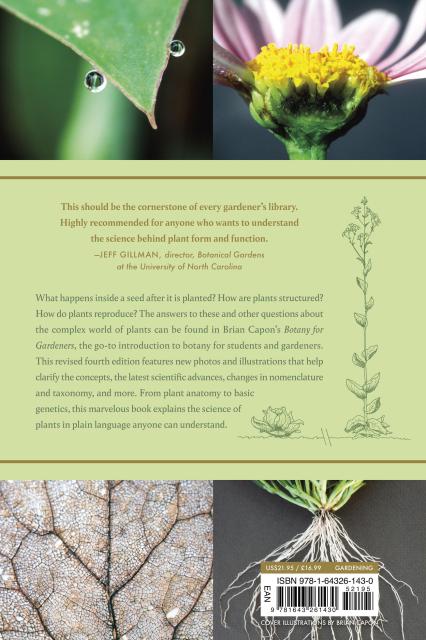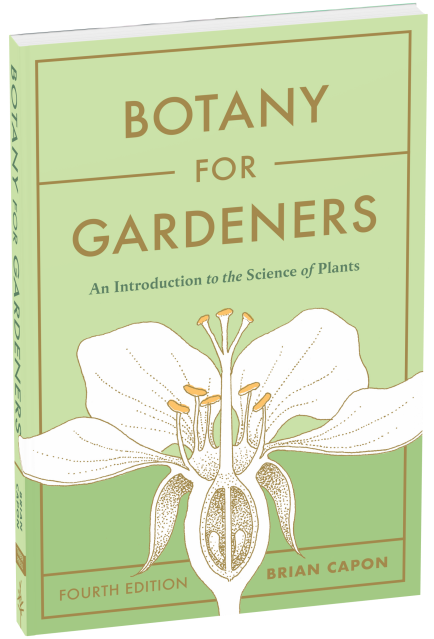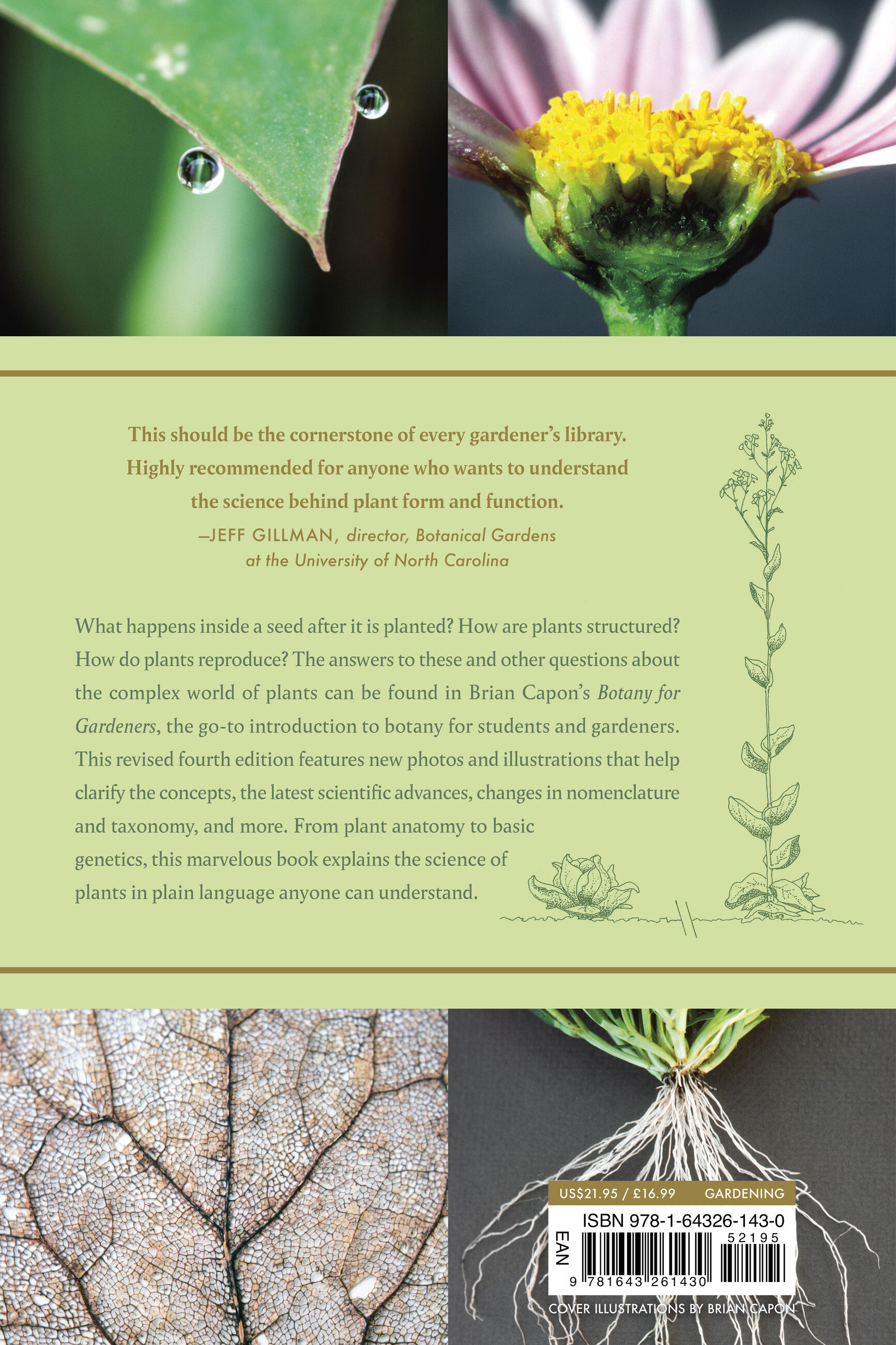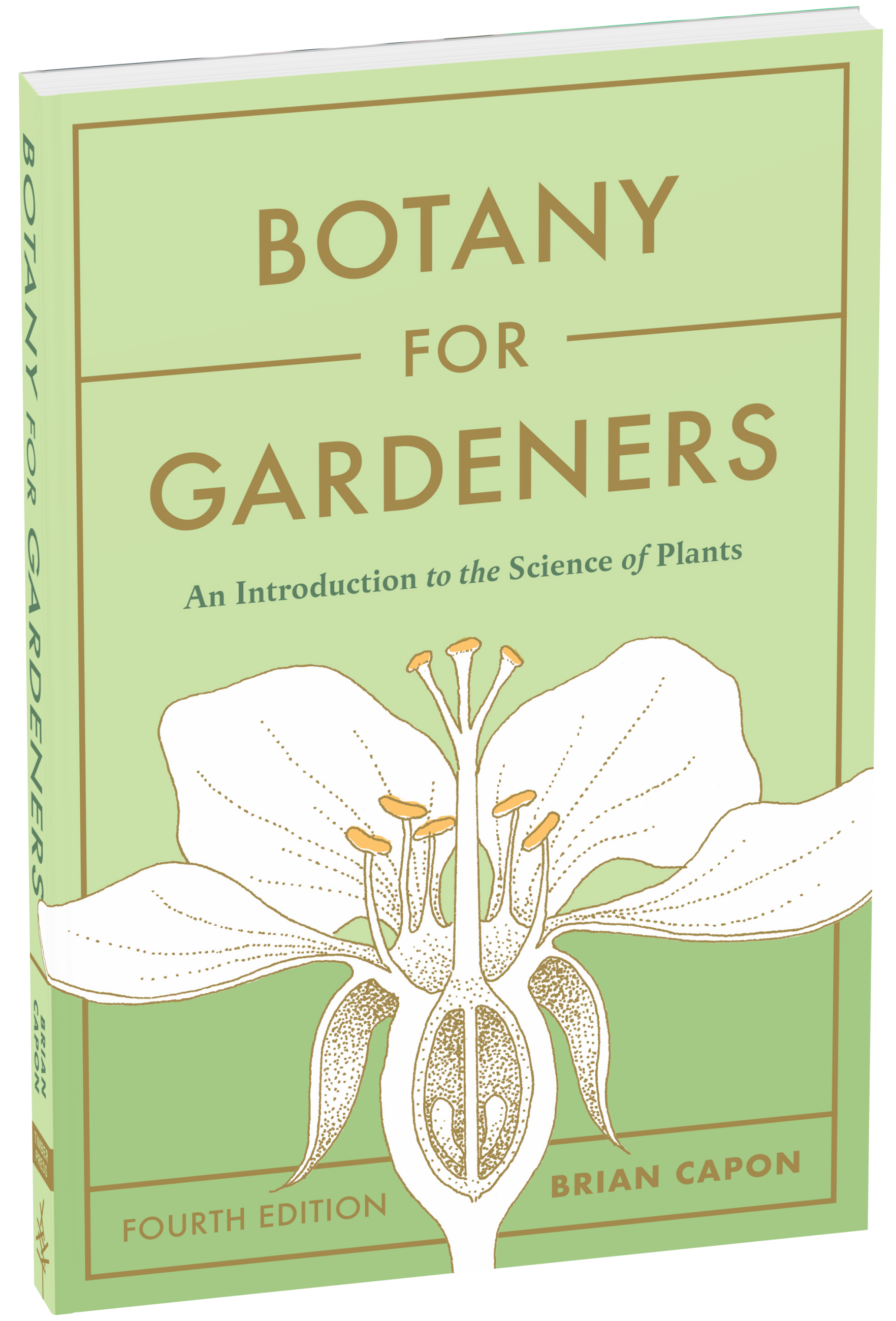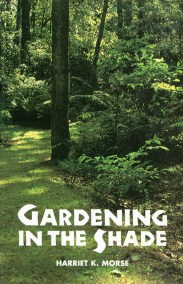Promotion
25% off sitewide. Make sure to order by 11:59am, 12/12 for holiday delivery! Code BEST25 automatically applied at checkout!
By clicking “Accept,” you agree to the use of cookies and similar technologies on your device as set forth in our Cookie Policy and our Privacy Policy. Please note that certain cookies are essential for this website to function properly and do not require user consent to be deployed.
Botany for Gardeners, Fourth Edition
An Introduction to the Science of Plants
Contributors
By Brian Capon
Formats and Prices
- On Sale
- Aug 16, 2022
- Page Count
- 280 pages
- Publisher
- Timber Press
- ISBN-13
- 9781643261430
Price
$21.99Price
$28.99 CADFormat
Format:
- Trade Paperback $21.99 $28.99 CAD
- ebook $11.99 $15.99 CAD
This item is a preorder. Your payment method will be charged immediately, and the product is expected to ship on or around August 16, 2022. This date is subject to change due to shipping delays beyond our control.
Buy from Other Retailers:
This bestselling reference guide is essential for any experienced or buddening gardener.
All questions about complex plant processes can be found in the Botany for Gardeners. First published in 1990 with more than 260,000 copies sold, it has become the go-to introduction to botany for students and gardeners. Now in its fourth edition, Botany for Gardeners has been expanded and updated. It features a revised interior, with new photos and illustrations.
Additional updates address scientific advances, changes in nomenclature and taxonomy, and more. As before, Botany for Gardeners shares accessible information about how plants are organized, how they have adapted to nearly all environments on earth, their essential functions, and how they reproduce.
“This should be the cornerstone of every gardener’s library.” —Jeff Gillman, Director of the UNC Charlotte Botanical Gardens
Genre:
Newsletter Signup
By clicking ‘Sign Up,’ I acknowledge that I have read and agree to Hachette Book Group’s Privacy Policy and Terms of Use

